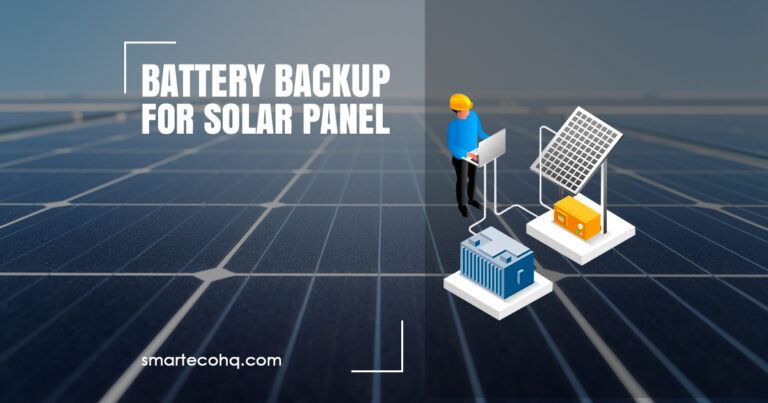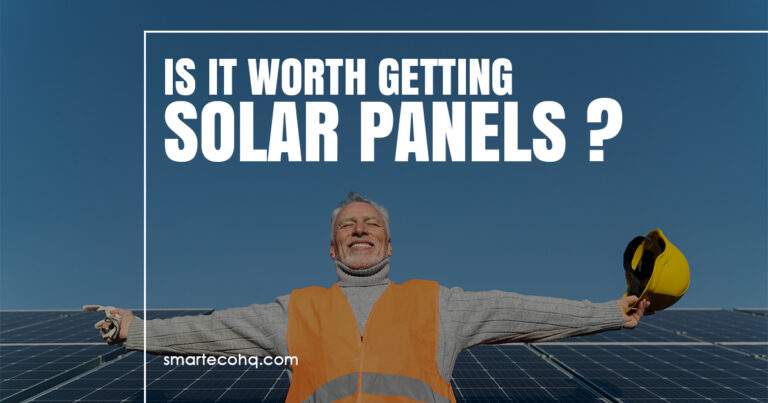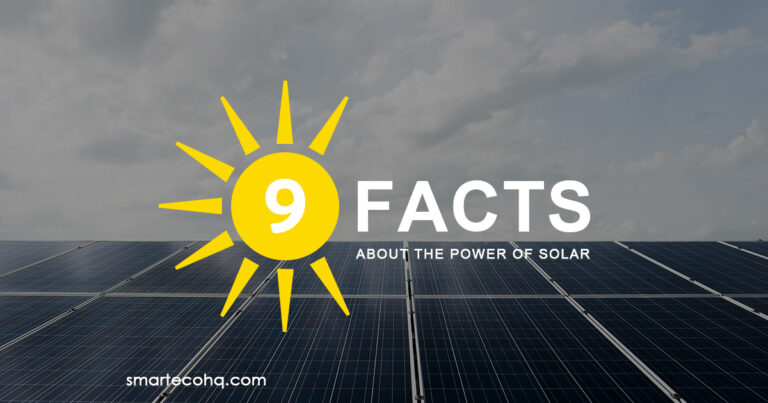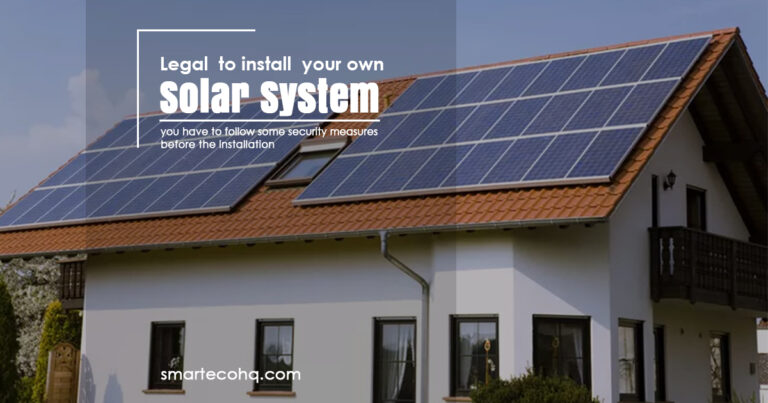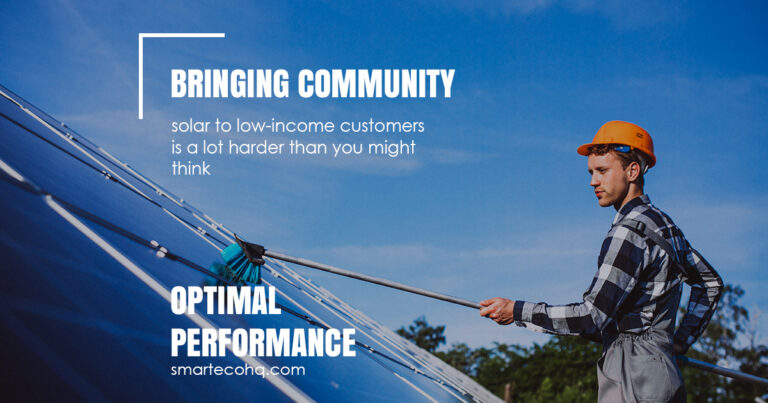Solar Farming: Types of Solar Farms

Solar Farming:
Solar Farming, also known as Solar Agriculture or Agrovoltaics, is a rapidly expanding sector that combines agriculture and the generation of renewable energy. Large fields of solar panels are put in a solar farm to provide clean and sustainable electricity. Solar farming is becoming a more popular and successful venture as the globe swings toward cleaner energy sources.
But what is solar farming really, and how does it work? This article will go through the fundamentals of solar farming, such as the expenses involved, the possible profitability of solar farms, and much more.
Types of Solar Farms
The following are some popular types of solar farms:
Utility-scale solar farms:
These are Large-Scale Solar Power Facilities that produce Energy and Feed it into the Power Grid. They are the most prevalent form of solar farm and are often constructed in broad fields or deserts.
Distributed Generation Solar Farm:
Solar farms with distributed generation are Smaller in Scale and Placed Closer to the End User or Customer. They may be put on rooftops, parking lots, or other suitable locations, and the power produced can be consumed on-site or sent back into the grid.
Community Solar Farms:
Community Solar Farms are Owned and Controlled by a Community or a group of Individuals who share the Expenses and Advantages of the Solar Energy Generated. The produced Electricity can be utilized to power homes, companies, or other facilities.
CSP Farms:
CSP (Concentrated Solar Panel) Farms use Mirrors or Lenses to Focus Sunlight to a Central Receiver, which heats a fluid and generates steam to power a turbine and generate electricity. CSP farms have the potential to generate substantial amounts of power while also storing energy in the form of thermal energy storage.
Micro Grid Solar Farm:
Microgrid Solar Farms are meant to Run Independently of the Grid and may Incorporate Solar Panels, energy storage technologies, and other renewable energy sources such as wind turbines or hydropower generators.
Building-integrated solar farms:
These solar farms are Built Into Building Designs and can take the shape of solar shingles, solar windows, or solar facades.
More types include Floating solar farms, Hybrid solar farms ,Off-grid solar farms ,Agricultural solar farms ,Building-integrated solar farms ,Mobile solar farms ,Solar canopy farms ,Solar tracking farms ,Integrated solar-wind farms & Solar-powered desalination farms etc.
Working of Solar Farms
Solar farming works similarly to a Solar System by catching solar energy with solar panels. Photovoltaic (PV) cells in these panels convert sunlight into direct current (DC) power. The DC electricity is then converted by an inverter into Alternating Current (AC) electricity, which may be utilized to power homes and businesses.
Its basic components includes:
- Solar panels
- Inverter
- Mounting system
- Electrical wiring
- Monitoring system
- Battery system
- Power conditioning system
Pros & Cons of Solar Farming
| Pros | Cons |
|---|---|
| Eco-Friendly Solar energy is an eco-friendly energy source that emits no greenhouse gasses. We can lower our carbon footprint and help lessen the consequences of climate change by utilizing solar energy instead of fossil fuels. | Land Use Solar farms need the installation of huge tracts of land, which might displace other land uses such as agriculture or natural ecosystems. However, some solar farms may be erected on land that would be unsuitable for other purposes. |
| Economic Advantages Property owners may make cash and offset their energy bills by selling the electricity generated by their solar panels to the grid. | Initial Expenses The initial cost of establishing a solar farm might be expensive. Many governments and organizations, however, provide financial incentives and grants to offset these expenses. |
| Energy Independence Solar energy provides an energy source that is not dependent on the grid. This is especially useful in locations where power outages are regular or the grid is unstable. | Weather Dependence Solar energy production is dependent on weather conditions, such as sunlight and temperature. This implies that solar farms may not be able to continuously provide electricity, particularly in places with erratic weather patterns. |
Solar Farming & Traditional Farming
Solar farming and Traditional farming are sometimes viewed as competing land uses. However, they can be complimentary. Solar farms may be built on land that is unsuitable for agriculture and can provide money for farmers. Solar farms may also offer shade and minimize evaporation, which can benefit crops.
Solar Farming Projects Around the World
Solar farming is being utilized to create renewable energy all over the world. The following are among the prominent projects:
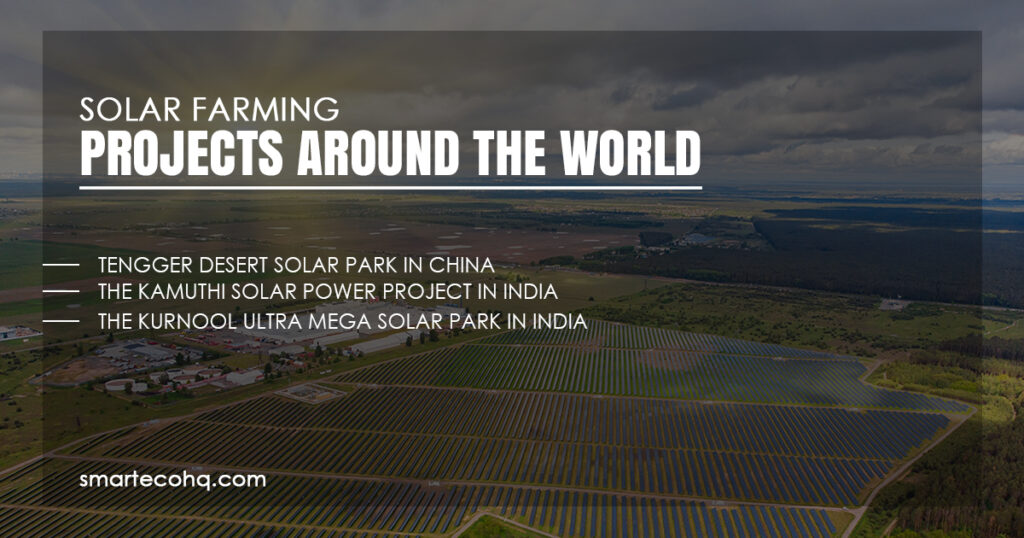
- Tengger Desert Solar Park in China is the world’s biggest solar farm.
- The Kurnool Ultra Mega Solar Park in India is the world’s largest single-site solar farm.
- The Kamuthi Solar Power Project in India, which is the world’s second-largest solar farm.
However, the future of solar farming is bright. Solar energy is becoming more competitive with traditional energy sources as the cost of solar technologies continues to fall. Furthermore, advances in solar technology are increasing the efficiency and effectiveness of gathering and storing energy.
FAQs
1.How long do solar panels last?
Solar panels typically last 25-30 years or more, with some manufacturers offering warranties of up to 25 years.
2.Do solar panels work on cloudy days?
Yes, solar panels can still produce energy on cloudy days, although their efficiency may be reduced.
3.How much energy can a solar farm produce?
The amount of energy a solar farm can produce depends on its size, location, and efficiency. Large solar farms can produce hundreds of megawatts of electricity.

